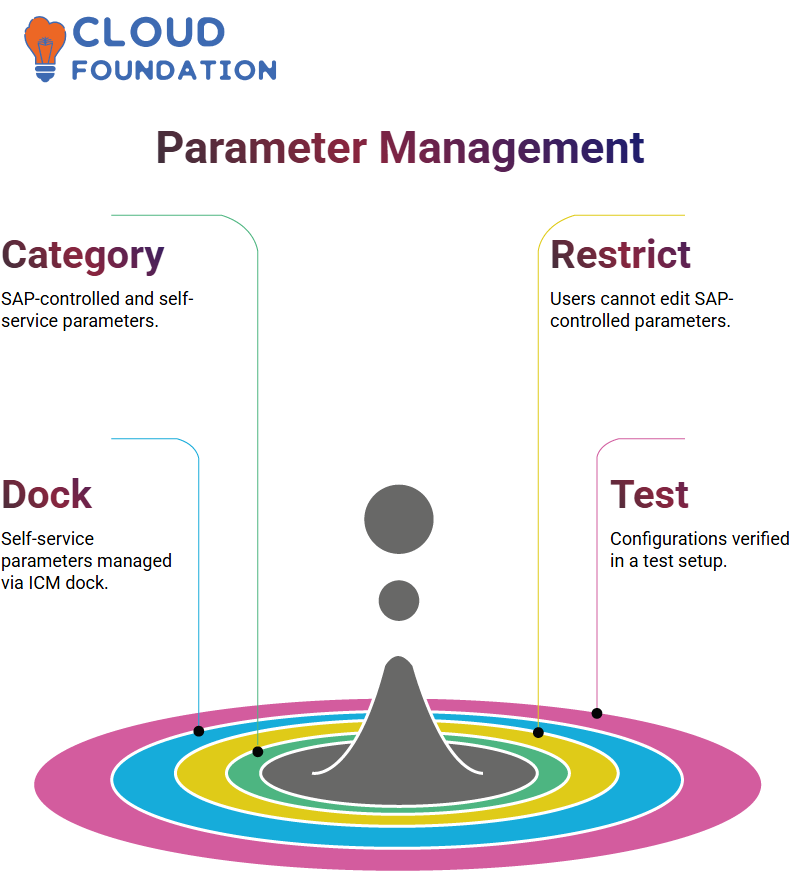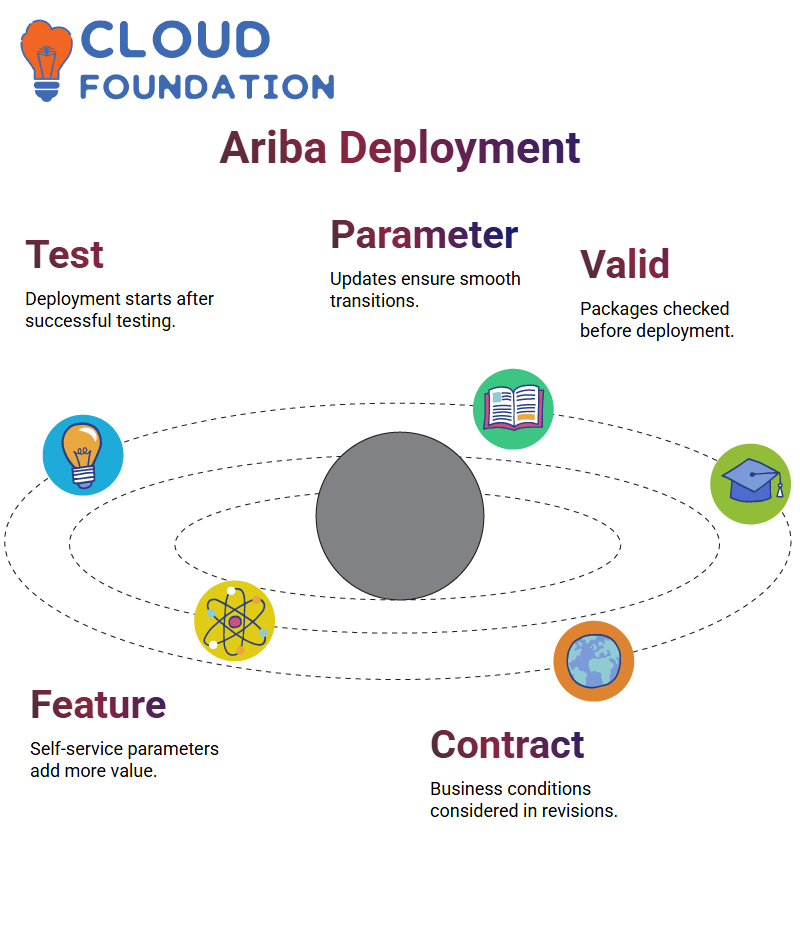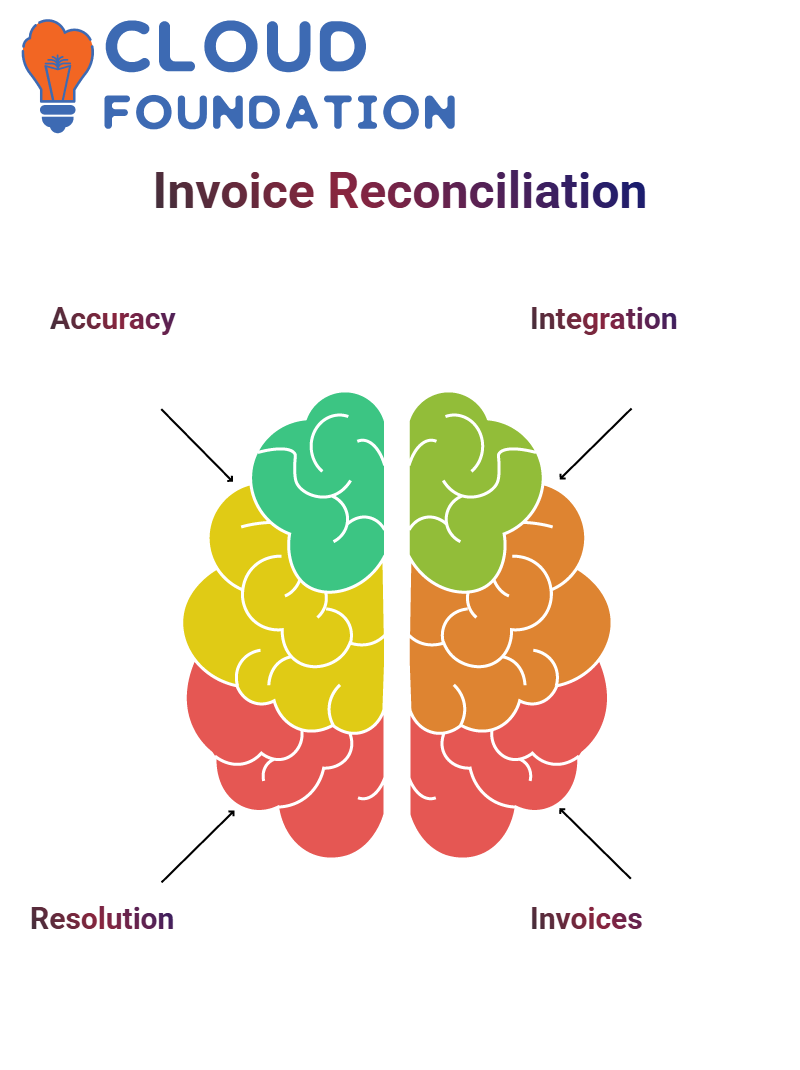Learn SAP Ariba ICM online
SAP Ariba ICM
In this day and age, SAP Ariba is the chief force in configuration management, paving the way for the most productive integrations and maximisation.
Today, we will discuss the central components and functions of Intelligent Configuration Manager (ICM) in SAP Ariba.
Before continuing, it would be a great help to us if we knew the basics of SAP Ariba, specifically how to approve parameter configurations with more competence.
ICM is responsible for operating the various parameters and ensuring that the transitions between implemented modifications are smooth.

SAP Ariba ICM for Upstream and Downstream
SAP Ariba ICM has distinct setups for upstream and downstream processes to ensure that each process is optimised for optimal performance based on its unique operational conditions.
By accessing the site manager through the admin controls, one can set the parameters that showcase different modes of the sourcing and invoicing modules in SAP Ariba.
This is how procurement plans are polished skilfully.
Parameter Management in SAP Ariba ICM
SAP Ariba’s ICM classifies the parameters into two categories. A user cannot change the parameters that are named SAP-controlled, but they are allowed to do so for those named self-service through the ICM dock.

Configuration of parameters in the self-service group starts in the test environment. It involves determining related parameters, packaging them, and verifying the alterations in a test setup with well-defined limits.
Parameter Transitions in SAP Ariba
The release for production is the act of packaging parameters correctly.
This packet is analogous to the function of a transport request in SAP HANA, ensuring the uniformity and clarity of the data.
When the package is ready, testing and approval steps are carried out before the final phase, which is deployment in SAP Ariba Production.
This organised way of going around the process will drastically decrease the occurrence of errors and simultaneously augment operational effectiveness.
Executing Parameter Updates in SAP Ariba ICM
Changing SAP Ariba parameters is a step-by-step method, and thus it is a structured affair.
End-users are responsible for updating the packaging details within the lab environment, configuring the required options, and ultimately approving the solution for implementation.
Once the approver approves the package, it is automatically sent to the production environment, which in turn affects management performance in SAP Ariba.
Administering Shifts in SAP Ariba
Modifications made to the configuration in SAP Ariba are here; some precautions should be observed, and the adventurer should proceed with caution.
Suppose you are unsure whether to invent a new template, alter existing conditions, or add new tasks. All the transitions you try out must be checked first before going on to the next step.
Initially, some alterations are made in the test environment, and subsequently, they are later reproduced in production through re-implementation.
Here, it is worth noting that SAP Hana transportation requests are in place to automate the process, unlike in SAP Ariba, where revisions in production still require manual administration.

SAP Ariba Testing
In the procurement department, SAP Ariba ensures that the purging of business-related materials is being done proficiently and professionally.
Procurement officers can also dedicate a significant amount of their time to fulfilling all departmental obligations.
Release me, and I’ll provide you with simple ways to access features much faster, as well as find default values or details. It’s a good idea to have a web form to help people put their details correctly.
When the result indicates that the test is successful, I propose that the package be approved and sent for deployment.
SAP Ariba Deployment
The moment the testing is successful, the deployment action is initiated instantly.
SAP Ariba makes it easy for me to transition across conditions by updating parameters that I have established.
I validate deployment packages before the initiation process to make sure that everything is in place.

With SAP Ariba providing multiple features, one’s sympathy for self-service parameters yields more value from a detail.
Alongside this, I ensure that business conditions are taken into account as I revise the contract workspaces.
SAP Ariba System to Concrete Stipulations
A simple explanation of how SAP Ariba functions is that it utilises parameters that can be customised to meet your specific needs.
For an instant, the default selection settings can be adjusted based on project needs and changed.
To be distinct, I inspect such parameters to decide whether or not particular specialities should be modified.
With this control mechanism, we systematise the procurement process and hence make organisations remain compliant with their preferences.
Supplier Portal in SAP Ariba
SAP Ariba’s Supplier Portal expedites smooth transactions between suppliers and buyers.
Through the portal, suppliers can keep orders, submit invoices, and confirm deliveries.
In addition to enabling suppliers to provide their tax details, the portal also licenses them to check the status of their transactions and verify that they have complied with the buyer’s needs.
Through SAP Ariba’s involvement, suppliers will experience a streamlined, error-free invoicing process and simplified financial operations.
Streamlining Purchases with SAP Ariba
SAP Ariba and explore how the tool can streamline purchases and invoices. If you’ve ever wondered how businesses can manage their purchasing smoothly, the best solution is SAP Ariba.
Take the tax type for representation, Ariba can calculate taxes to the last digit.
In this case, the tax rate is 10 per cent; conversely, the taxable amount is zero, so there is no more money to be taxed. Is it plain yet? SAP Ariba manages everything automatically.
Next, we turn to quantities. Only in SAP Ariba, the number of goods is to be above 0.
Could you imagine if an order of 100 euros were instantly shown as the invoice subtotal?
Regarding the last but one comment, we still can’t make an invoice if the open quantity is zero, even though the material is saved. SAP Ariba is right on the clarity button!
After filling in the required information, suppliers only need to click ‘Next’ and submit to SAP Ariba, as the invoice is sent directly to the buyer portal. The moment they do it, it’s smooth, competent, and all parties remain on the same page.
We will take a closer look at SAP Ariba catalogues in our next session.
By the end of the session, you’ll know how to construct a PR and have good catalogue management skills.
SAP Ariba is like a light in the darkness, as it provides users with a clear path to fulfil their procurement needs.
Refashion the message to highlight that Ariba orchestrates and engineers modern procurement by streamlining invoicing tasks, ensuring everything is done according to the rules, and the whole process is error-free.
Depending on whether you’re a seller or a buyer, SAP Ariba makes life a lot simpler.
Join us in our next session to gain more practical experience. We will focus on creating a catalogue within the bounds of SAP Ariba in more detail, as well as its implications for procurement protocols.
That would be all for now! Counting on your participation in the upcoming session, where we will be going extra into SAP Ariba.

SAP Ariba Invoicing Process
Greetings to the reader of the whole route policy for SAP Ariba invoicing
If you’ve ever been curious about how payments, purchase orders, and contracts work together within SAP Ariba, here is the best place to delve into it step by step.
SAP Ariba enables swift payment processing through the automatic creation of indispensable payment documents.
While an invoice is being worked on, the system generates a receipt confirming that the payment has been sent adequately through the bank, NFT, or any other mode.
By the time the IRS receives a document related to the payment, it will be in your hands after the transaction.
The entire process is centred on enabling suppliers to be aware of payments via SAP Ariba’s seamless collaboration.
SAP Ariba Invoice Reconciliation
SAP Ariba handles invoice reconciliation, thereby reducing discrepancies between invoices and purchase orders.
Through reconciliation, the correctness of the payments is ensured, addressing discrepancies in invoice numbers resulting from deductions.
I analyse the contradiction precisely, working together with suppliers to integrate hope.
The system expedites structured resolution, preventing financial inconsistencies.

SAP Ariba Self-Bill Invoices
The SAP Ariba system is capable of accommodating numerous kinds of invoices. It can operate PO invoices, non-PO invoices, and contract invoices.
They perform various tasks to ensure that financial transactions are seamless.
For blanket orders, predefined quantities clarify procurement settings. I arrange settings to facilitate recurring orders, assuring suppliers adhere to agreed terms.
Property and Safeguarding Invoices in SAP Ariba
With SAP Ariba, invoices can be generated for various situations, including purchase orders, contracts, and non-purchase order (non-PO) transactions.
Depending on whether it is a PO-based, contract-based or a non-PO invoice, the invoicing method will change.
Regarding PO-based invoicing, when a purchase order number is provided, SAP Ariba will obtain all the necessary details, allowing any items that require adjustment to be changed before submission.
The source of contract-based invoicing is to select the supplier and to use a contract that has been set up.
SAP Ariba obtains the catalogue line items from the contract, which can be easily added to the invoice by users.
Exception Management in SAP Ariba
SAP Ariba will identify discrepancies in invoice tax amounts, indicating that they require approval.
If the tax amount differs from the country’s standard one, an approval process is carried out to ensure it is corrected.
Users in SAP Ariba can manually adjust the invoice to reflect the correct tax amount or involve another approver in the SAP Ariba sequence for verification of the tax amount.
Whenever the transformations are approved, the invoice will be transferred from the ‘pending’ status to ‘approved,’ ensuring a seamless payment process.

Navya Chandrika
Author



